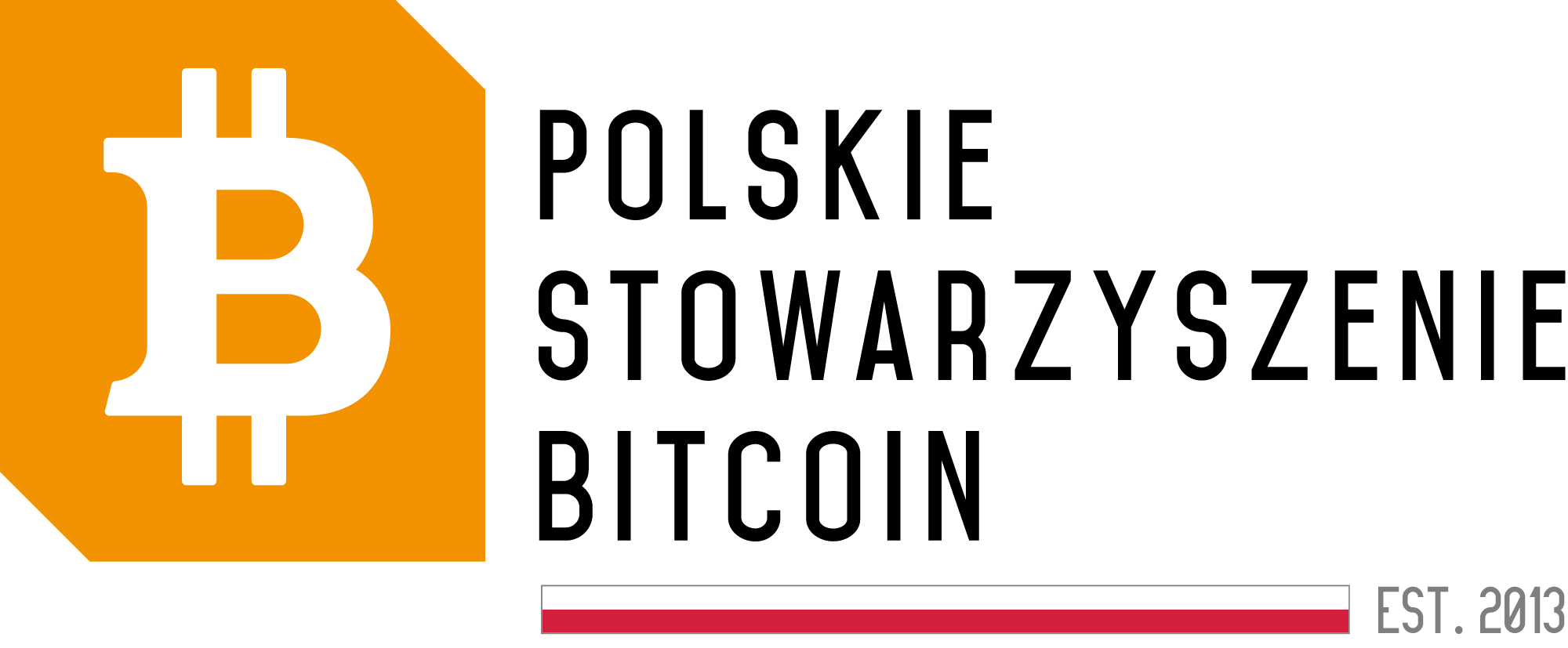asset swap
Asset swap, also known as asset exchange, is a process in which two parties decide to exchange their financial assets, such as cryptocurrencies, stocks, bonds, or other financial instruments. A swap can take various forms, depending on the agreed conditions and the type of transaction. The most common swaps are interest rate swaps, currency swaps, and index swaps.
Forms of Asset Swaps
Interest rate swap involves the exchange of interest payments between parties. In the case of a currency swap, the parties agree to exchange the equivalent of two currencies at a specified exchange rate. On the other hand, an index swap involves the exchange of profits or losses related to movements in a financial index.
Applications of Asset Swaps
Asset swaps aim to hedge against exchange rate risk, interest rates, or changes in asset prices. They are also used for speculation in financial markets and for profiting from differences in interest rates or currency exchange rates. Through swaps, investors can adjust their investment portfolios to changing market conditions.
Benefits of Using Asset Swaps
Asset swaps allow for optimization of investment portfolios by reducing risk and increasing potential gains. Through swaps, investors can achieve better financial conditions, avoid unfavorable market fluctuations, and diversify their investments. It is also an effective tool for protecting against unforeseen events in the market.
Summary
Asset swap is an important financial instrument that enables investors to manage risk and achieve better investment results. Proper use of asset swaps can bring many benefits, so it is important to understand the principles and operation of this mechanism in order to effectively manage assets in financial markets.






